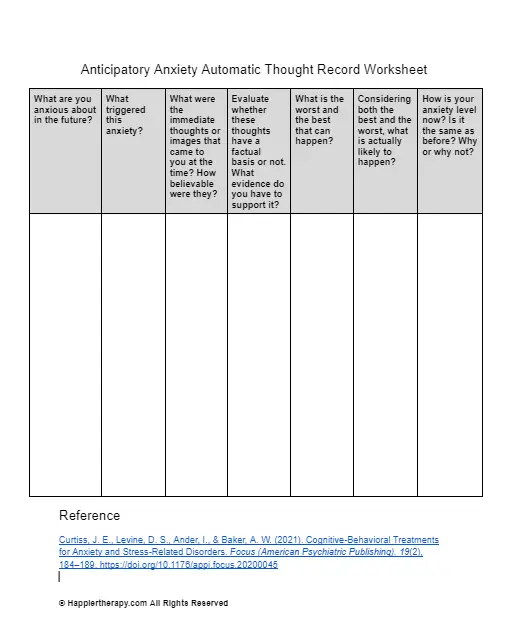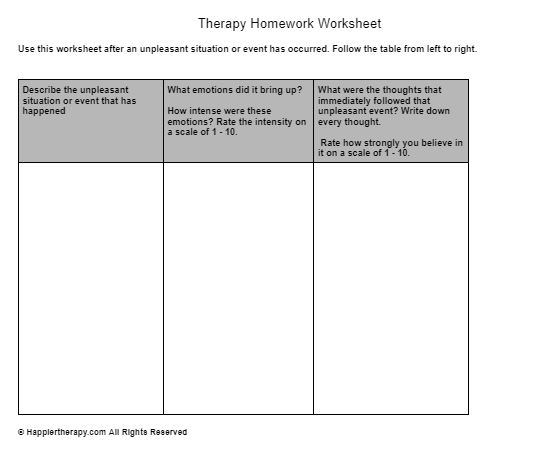My Wave of Anxiety Worksheet
Download Worksheet
What is the theory behind this My Wave of Anxiety Worksheet?
The state of anxiety is characterised by marked physiological arousal and a sense of impending doom or apprehension for a real or imagined threat. It has long helped our ancestors prepare for threats in hostile environments as it does today. But any form of anxiety that becomes too persistent and debilitating is a cause of huge concern that must be addressed.
This worksheet is based on the idea that anxiety comes in waves, thus an awareness of its highs and lows and the correct time to deploy coping strategies can greatly help an individual return to a relaxed state after a bout of anxiety.
How will the worksheet help?
The worksheet will help individuals understand how the concept of a wave relates to their anxiety or panic attacks and how they can use that knowledge to deploy effective coping strategies at the correct time to minimise the ill effects of their condition.
How to use the worksheet?
This worksheet can be used as a self-help coping tool by clients who suffer from mild to moderate forms of anxiety and panic attacks. Discuss the content of the worksheet specially the idea of a wave with respect to anxiety. Ask clients to answer the questions and practice when they can.

 By
By

